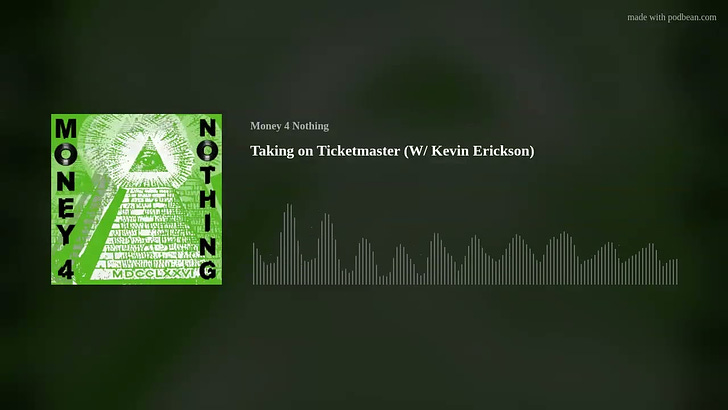Hello Everyone!
This week, we explored one of the most interesting music industry stories from the past year—namely, the massive lawsuit that the DOJ (along with, at time of writing, 39 states) have lodged against Ticketmaster/Live Nation. For those not keeping score at home (or, I guess exclusively going to DIY live events): Ticketmaster sells tickets …
Keep reading with a 7-day free trial
Subscribe to Money 4 Nothing to keep reading this post and get 7 days of free access to the full post archives.



